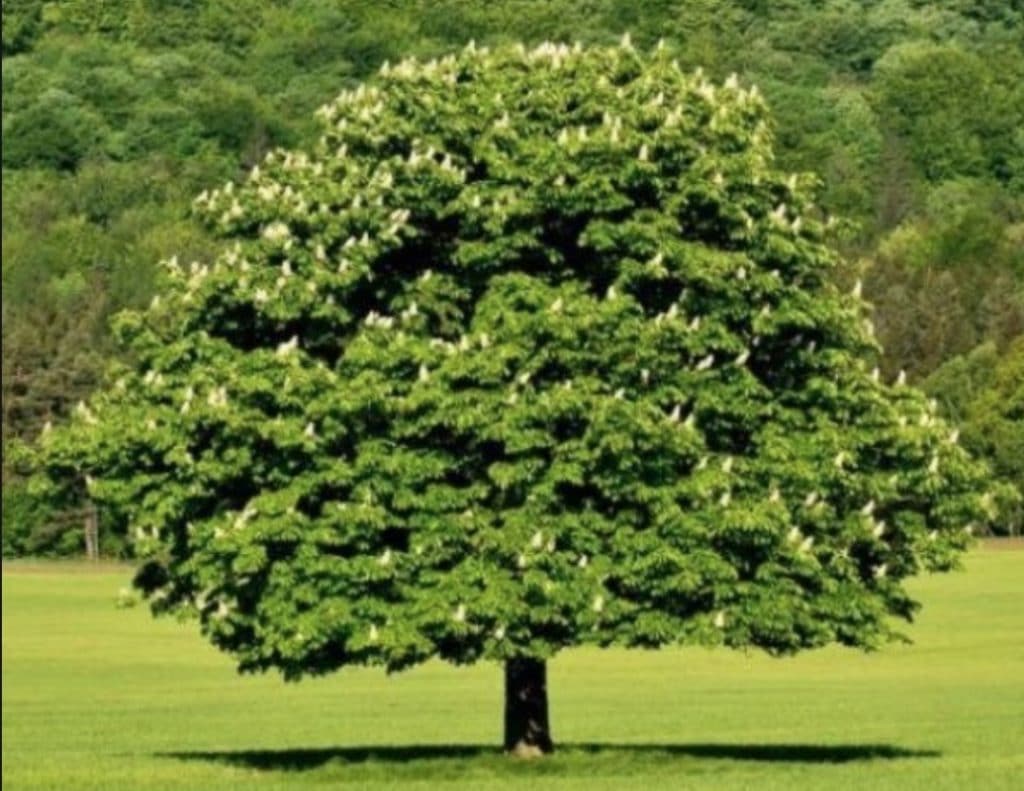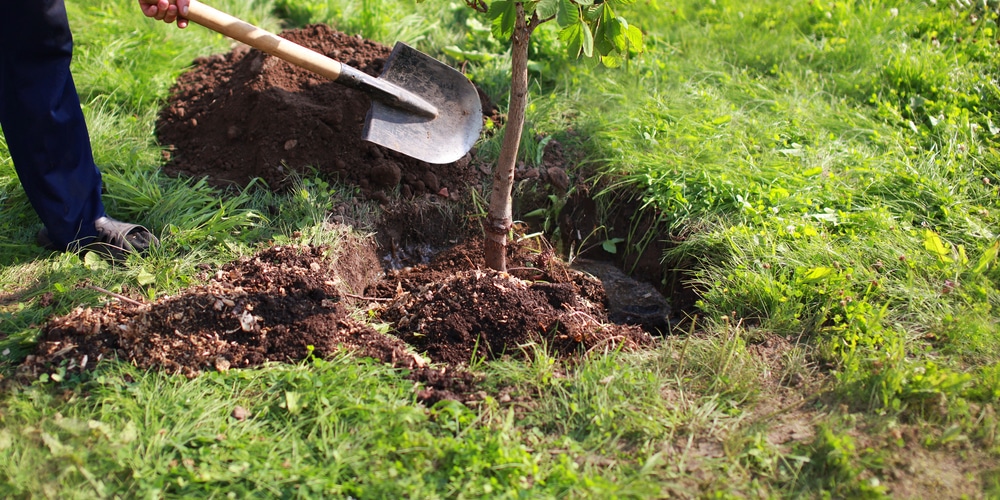Dunstan Chestnuts are native to America and can be successfully grown in many states. When planting or transplanting new trees, it’s best to plant in the fall. Dunstan chestnut trees have a relatively short growing season – usually only a few months – during which time they produce fruit. In their home territory, this is generally long enough to ripen the chestnuts before cold weather returns for another year.
During the winter, these trees become dormant and will be able to put their energy into establishing a good root system. Let’s look at when to plant Dunstan chestnut trees.
Best Time to Plant Dunstan Chestnut Trees
There are two considerations you need to examine when determining the best time to plant a Dunstan Chestnut tree. The first is what time of year, and the other is how old should the tree be if you are transplanting it.
What Age Should the Tree Be?
Dunston chestnuts are sold as bare-root seedlings, container-grown plants, and containerized transplants. Some stores offer only the first two, while others may carry all three types of plant material. When choosing which type or size of tree you want to plant, it’s worth noting that a Dunston Chestnut tree won’t produce any nuts until it reaches maturity and is between 3 and 7 years old.
What Time of Year
Young Dunston chestnut saplings should be transplanted in the early fall. You can also move larger trees in the early to late fall. At this time of year, the tree will have started to go into dormancy, which will mean that it will use all its energy to establish a strong root system rather than produce leaves or fruit. Dunston chestnut trees grow well in
Once established in your home orchard, chestnuts will provide you with a crop every year during their natural growing season. Dunston chestnut trees grow fast. In a good location, they can easily reach 20 to 30 feet in the first ten years or so and live for 100 years or more.
Tips for planting Dunston Chestnut trees
All you need to do is make sure the roots stay moist and get a good start with at least six hours of sunlight per day. The more sun, the better they’ll grow. In cooler parts of the country, particularly coastal areas, it may be necessary to protect your plants from frost in late winter. Spread some mulch around the base of the trees for this purpose.
It’s a good idea to plant Dunston Chestnut trees on a slop that has well-drained soil to reduce the chance of root rot. Also, aim to avoid frost pockets on your land.
You can also water your trees after planting and provide them with regular watering. If you live in an area that gets a lot of rain during the fall and winter, you may be able to reduce watering or rely entirely on mother nature to water your trees.
Conclusion:
It’s best to plant Dunston Chestnut tree is when the fall season begins, so that they will put their energy into producing a robust rooting system. While one or two chestnut trees may be enough for some people, others will want to plant several together. This not only increases the chances of getting a chestnut crop every year it also makes them more tolerant towards pests and disease and increases their odds of overcoming an early frost.
Related:

